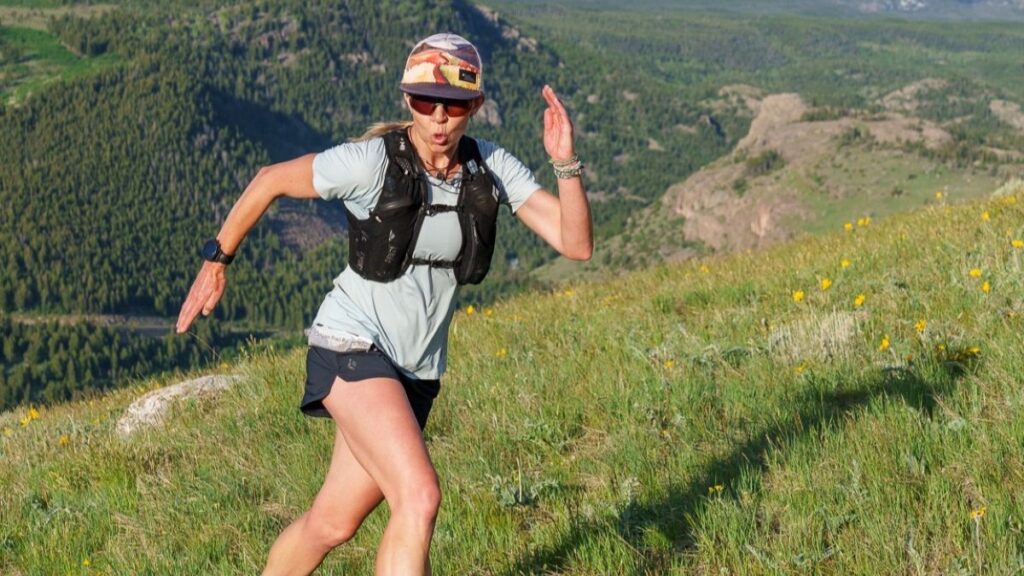Welcome to this month’s edition of our running advice column, where ultrarunner, race director, and coach Gabe Joyes responds to a variety of reader inquiries related to running. In this article, we’ll explore topics such as fastpacking, race selection, trail shoe considerations, and more, offering insights and tips to enhance your running experience.
Gabe’s Tip of the Month: Maximizing Your Leg Potential
One of the simplest ways to improve leg performance while running is to engage your arms effectively. Those who observe ultrarunners towards the end of a race may notice that many of them fail to lift their hands much above their waist while striding. The connection between arm and leg movement is crucial — runners who restrict their arm movement often exhibit shorter, less powerful strides. Aim to utilize your arms similarly to how elite athletes like Eliud Kipchoge do, ensuring that your thumbs gently graze your chest with each stride. This degree of arm swing can help drive your legs through a full range of motion, enhancing your pace and efficiency.
Fastpacking: Lightweight Camping on the Move
Question: I am interested in fastpacking this summer. How can I fit all my camping gear into a larger backpack without weighing myself down too much? Is running while fastpacking really achievable? – Anonymous
Fastpacking may sound like an intimidating term, but it simply refers to the combination of running and backpacking at a quicker pace than traditional hiking. While packing your gear, it is essential to balance comfort while running with comfort during sleep. When utilizing a more comfortable ultralight camping setup, a 20- to 30-liter pack typically weighs around 15 pounds, including essentials like a sleeping bag and stove. While running on flats and downhill sections is manageable, tackling uphill becomes significantly challenging.
Alternatively, consider adopting a “shiver bivy” method with a smaller pack (8 to 12 liters) weighing around 5 to 10 pounds, using only essential sleeping gear such as a lightweight emergency bivy and a down jacket. Although this approach may necessitate some discomfort during sleep, it allows for superior movement during runs. Here are a few tips for a successful fastpacking experience:
- Push your running into the night to tire yourself out, ensuring you’ll sleep despite the cold.
- Immediately after running, consume calories, layer up, and crawl into your bivy to maintain warmth.
- Select camping companions whom you don’t mind sharing body heat with.
- When feeling too cold to sleep, get up and start moving in your warm clothing, eating as you go.
- Plan only when you have an accurate, reliable weather forecast.
Remember, the goal of fastpacking is not to prove toughness but to complete your route in the lightest and most enjoyable manner possible. Tailor your approach to what will be most fun for you.
Selecting Your Next Race Adventure
Question: How do you choose your races? Is being drawn to events like UTMB problematic? What are your thoughts on local races and fastest-known times? – Damien
As someone deeply invested in trail running and ultrarunning for adventure and wilderness experiences, I often prioritize races that are not only scenic but also challenging. The joy of community at races has also gained importance for me, particularly in the post-pandemic era. Local events like the Sinks Canyon Trail Races and El Vaquero Loco offer rich experiences with wonderful companionship. On the other hand, races under the UTMB brand bring unmatched excitement and stunning views, making them equally appealing.
Don’t hesitate to embrace large events if they spark joy for you. Personal projects and fastest-known time attempts can also create memorable experiences when accompanied by supportive friends. My time running the 180 miles from Lander to Jackson involved fantastic friendships and communal support, which enriched the experience. Therefore, my advice is simple: experiment with various events and goals and gravitate toward those that resonate most positively with you and your network.
Avoiding Calf Discomfort While Training
Question: Despite different mileages, my calves often feel the most sore while running. I’ve been using compression socks and warming up, but they still pump excessively during climbs. Any suggestions to alleviate this discomfort? – Amanda
The key to preventing that “pumped” feeling in your calves is to ensure that your glutes and hamstrings engage more actively during climbs. These major muscle groups are responsible for generating power uphill. Before your next run, try calf raises using minimal engagement from your calves and focus instead on your glutes and hamstrings. Make sure you’re also adjusting your stride to effectively include these muscles in your uphill motion. Additionally, be cautious if your shoes or socks are too tight, as this may hinder blood flow and contribute to discomfort.
The Value of Expensive Trail Running Shoes
Question: Convince me I need to invest in $300 trail running shoes. – Daniel
Though I can’t validate the necessity of a $300 pair of shoes per se, I recognize that premium options exist that may offer excellent performance. However, many affordable shoes perform just as well without breaking the bank. Ultimately, the key features you should prioritize in trail running shoes include:
- Proper fit and foot security
- Lateral stability to prevent ankle roll
- Excellent grip and traction
When selecting shoes, it’s essential to feel secure and comfortable. This confidence allows you to perform to your best ability. So, remember to ignore the marketing hype and visit your local running store to find shoes that truly work for you.
Send Us Your Questions
Have a question or need advice? We encourage you to reach out! Use the form below or connect with us on Instagram, as we may feature your questions in future articles.
Engage with Us
- What are your thoughts on Gabe’s responses to this month’s questions?
- Do you have additional questions for Gabe? Send them our way!




